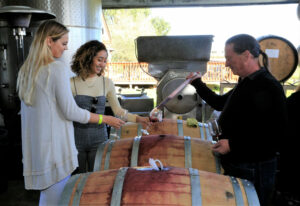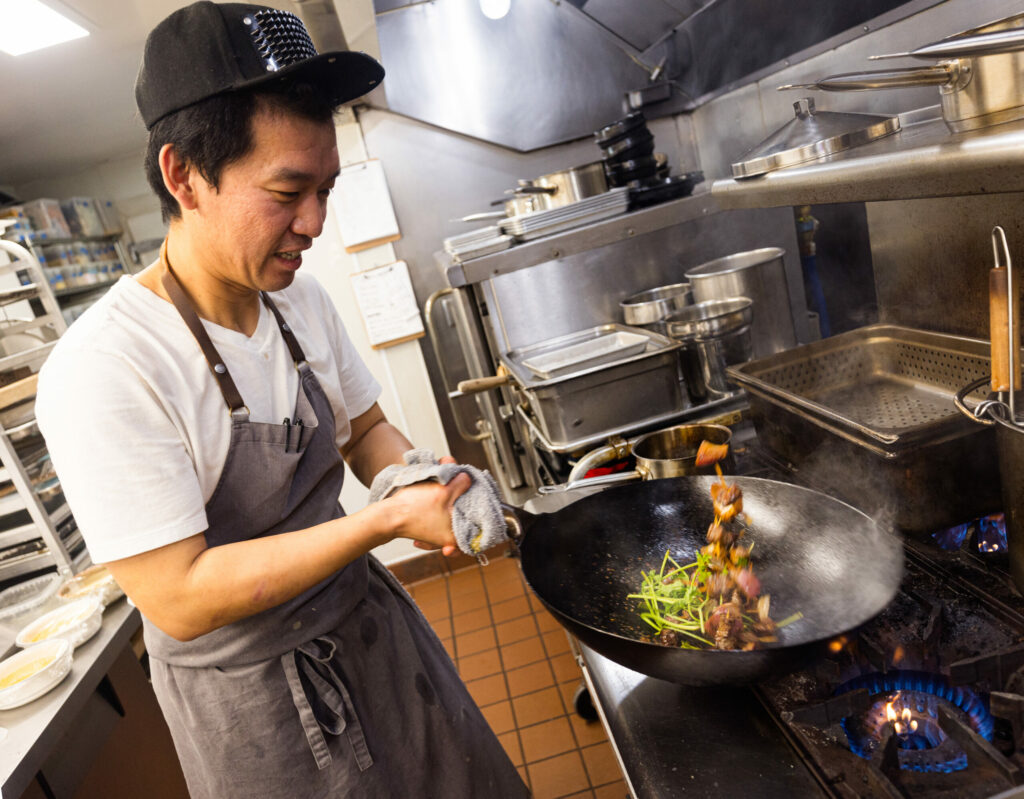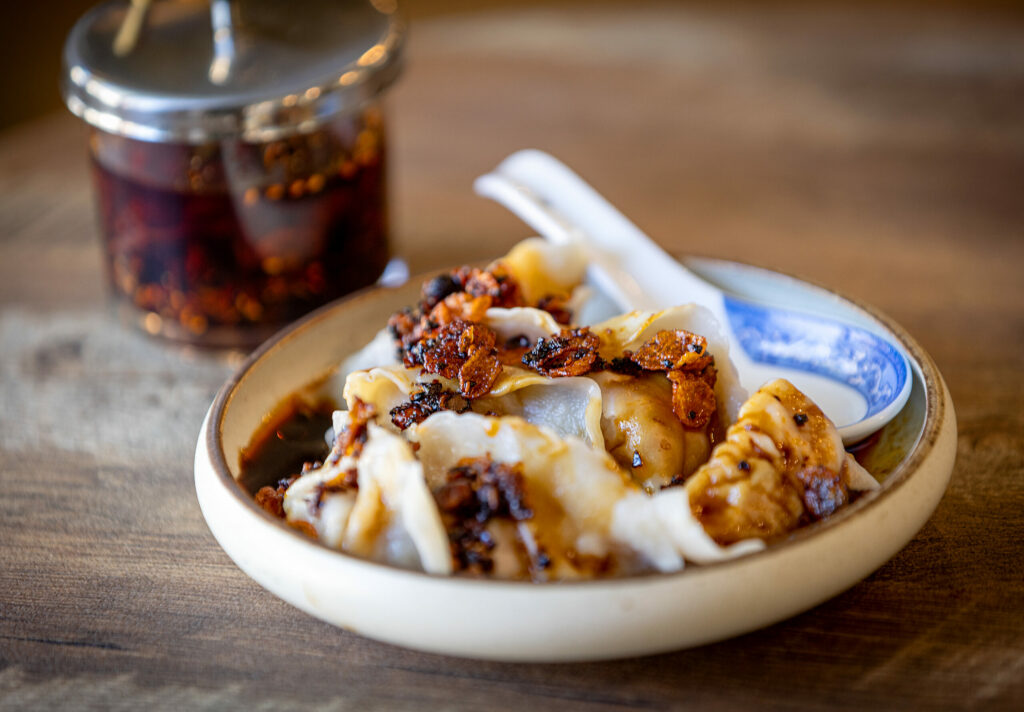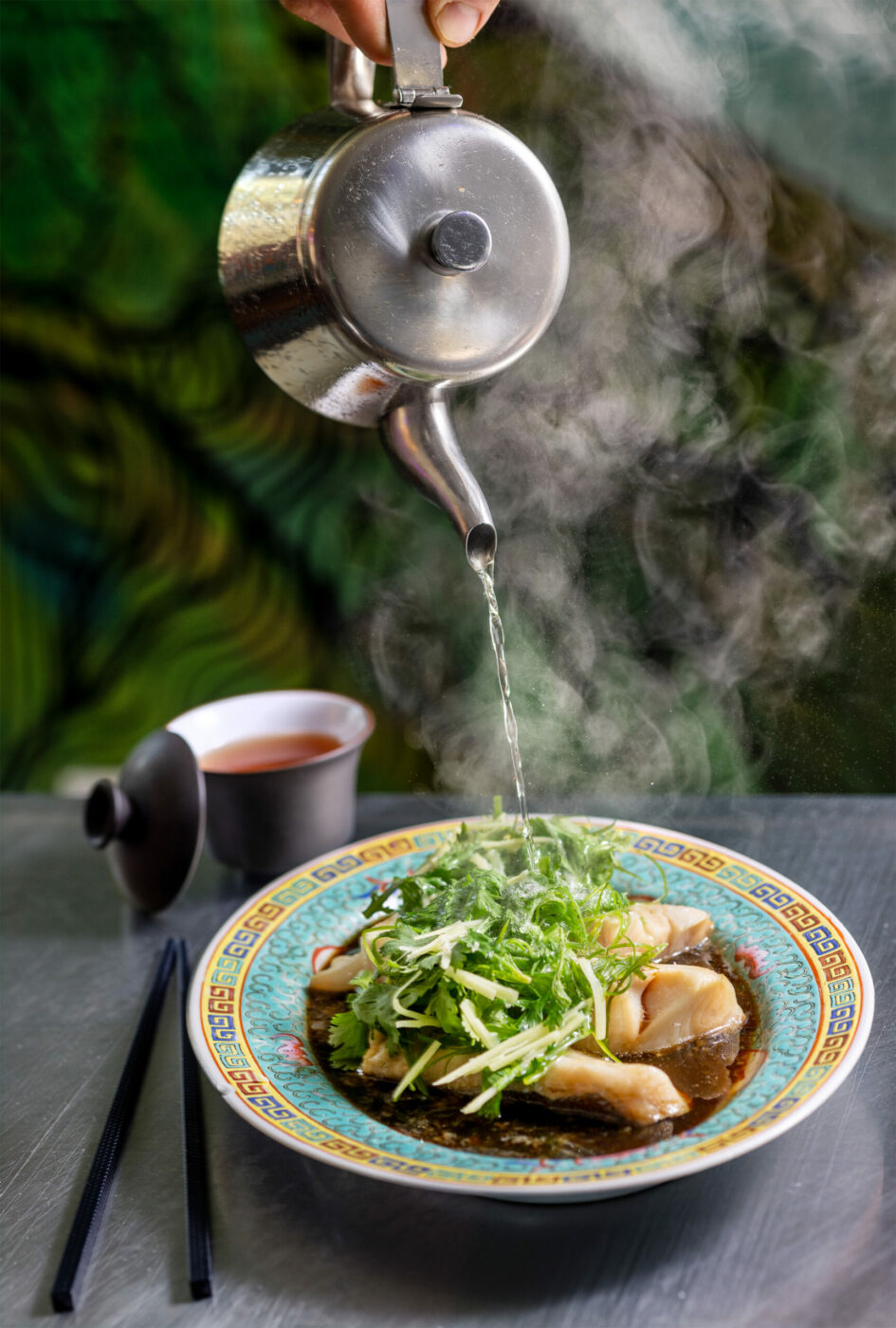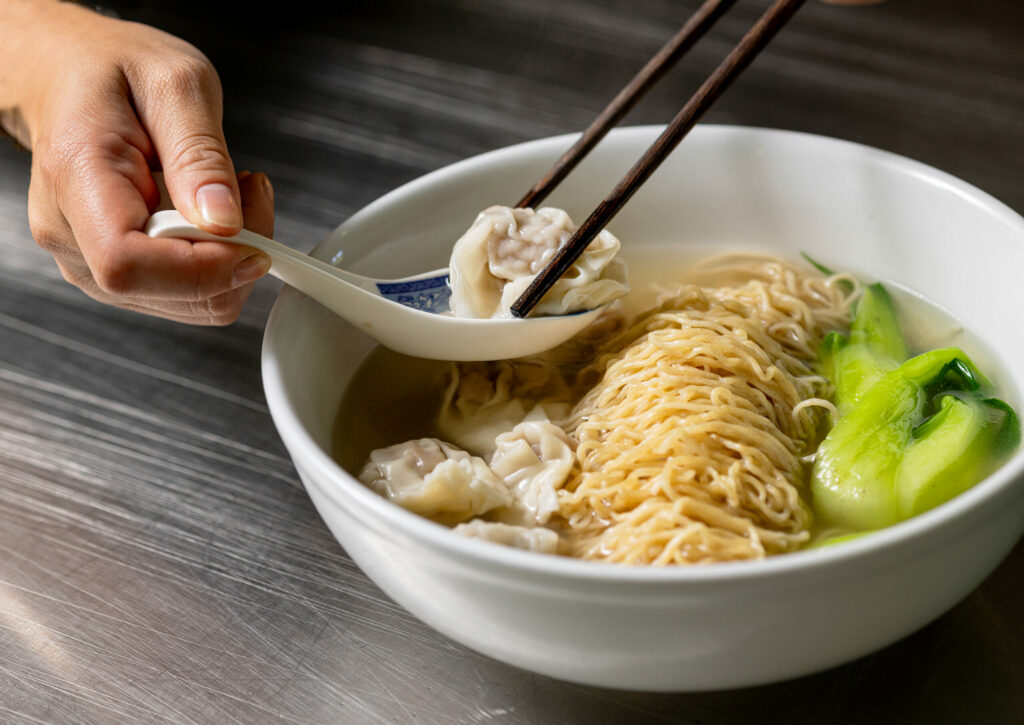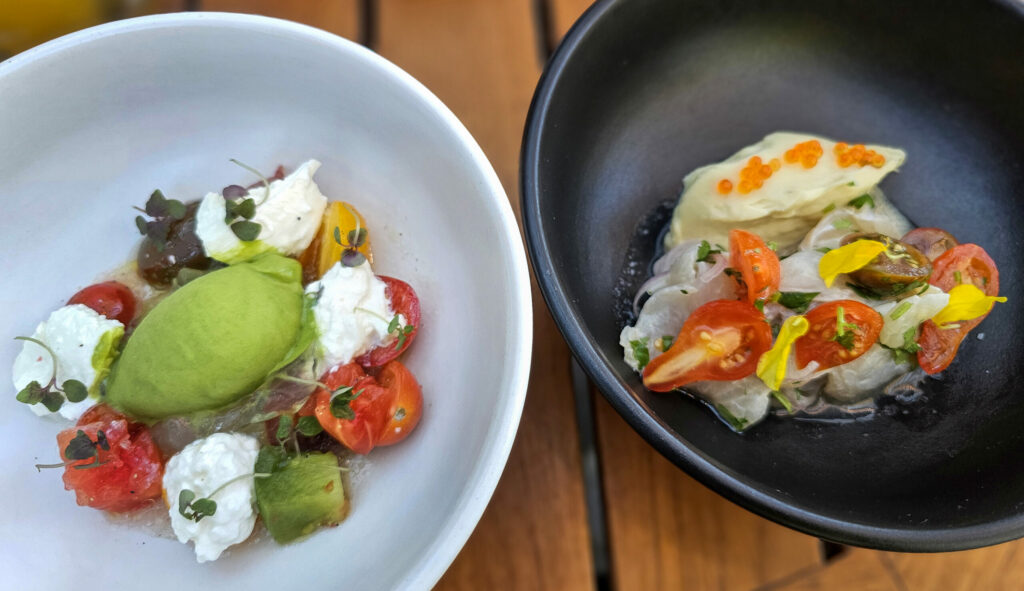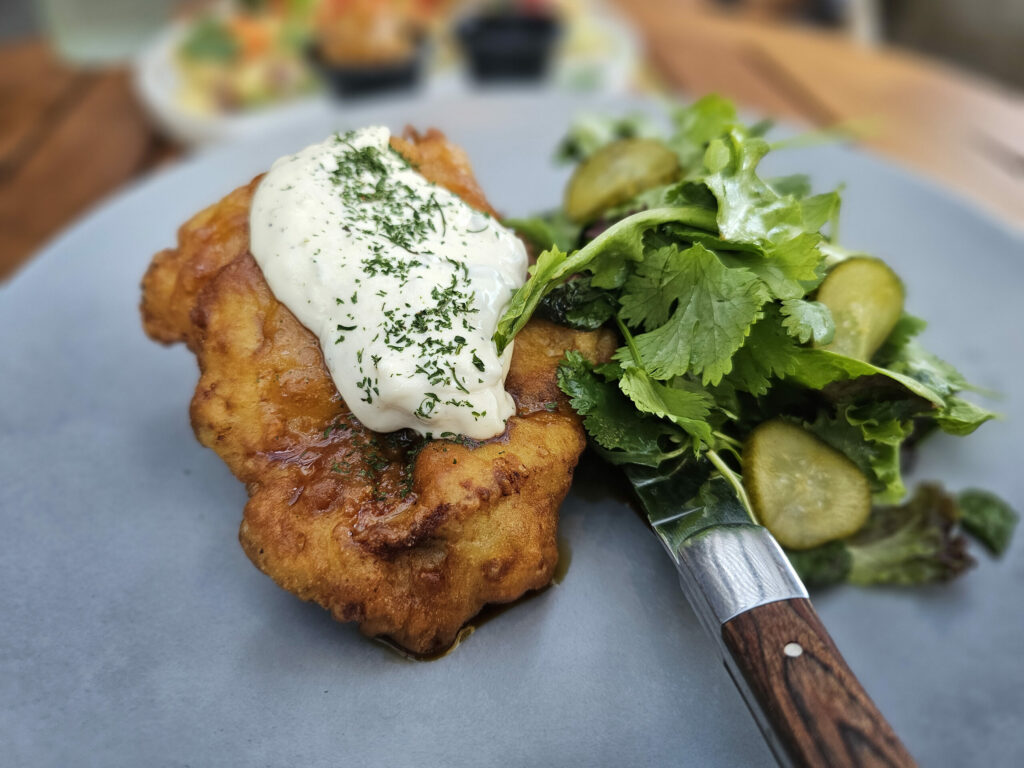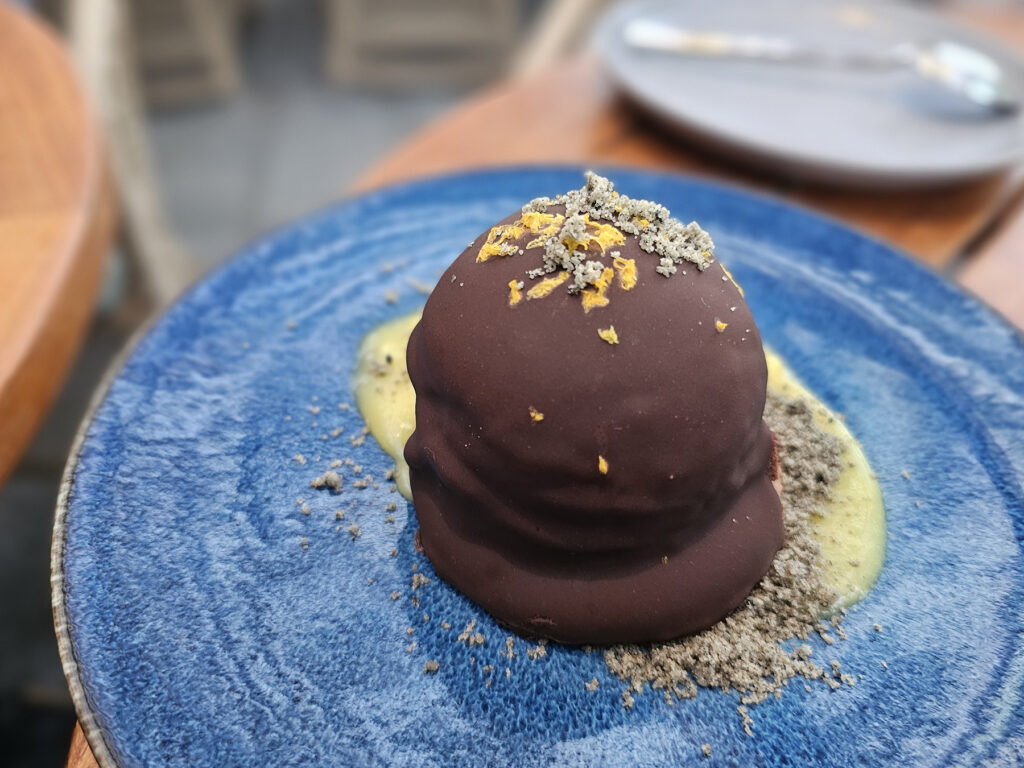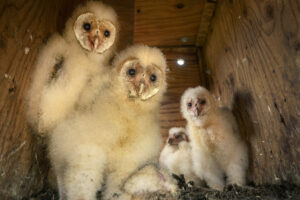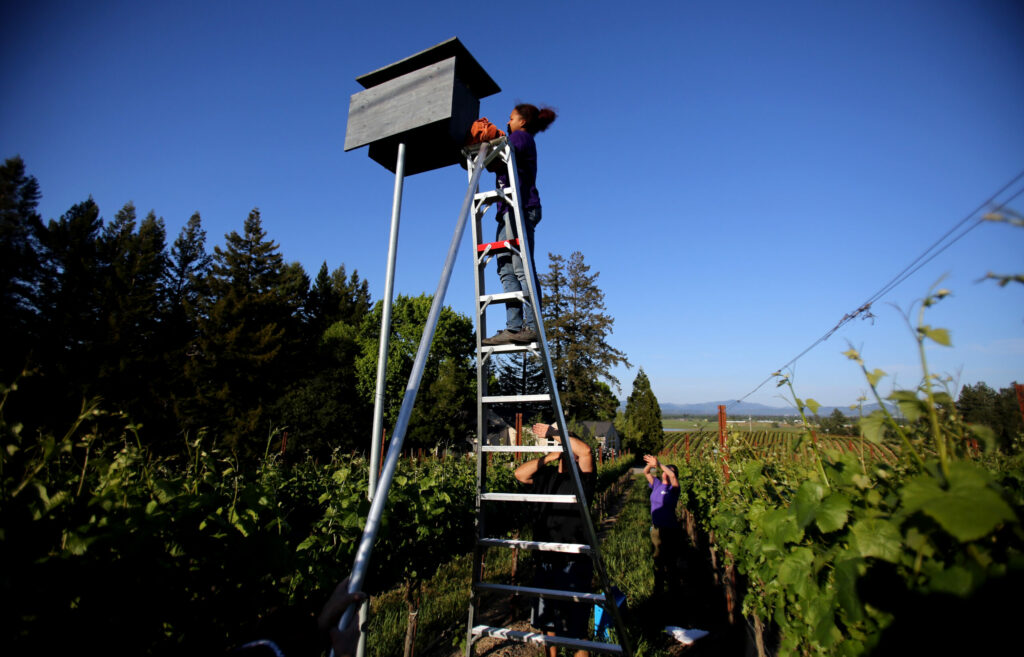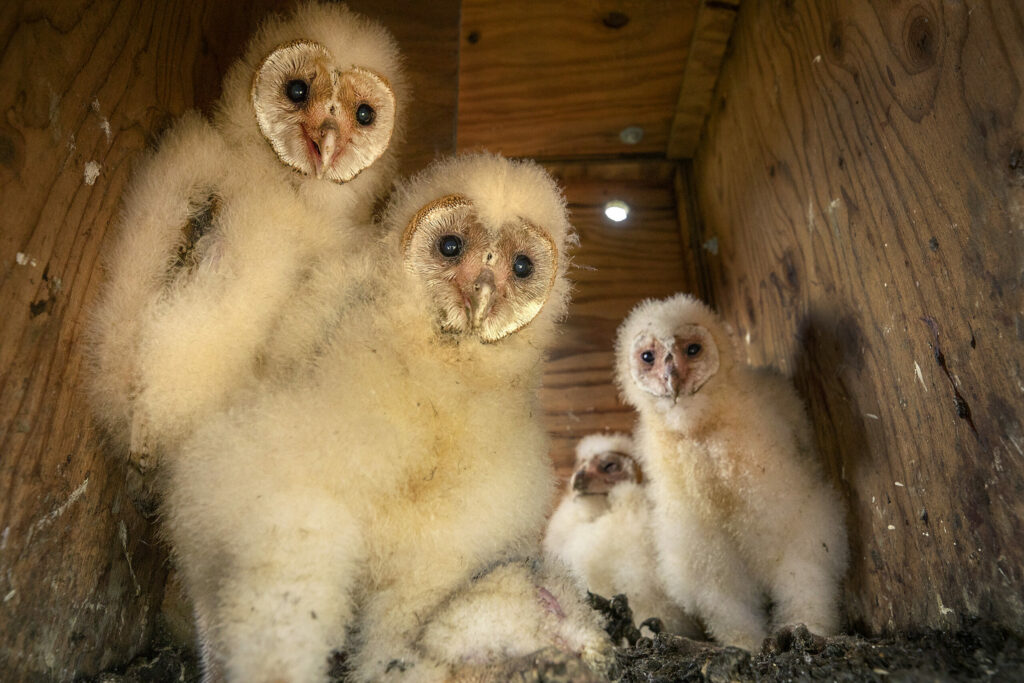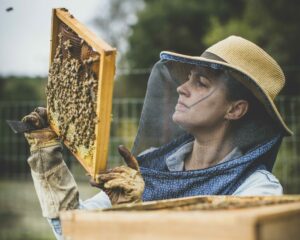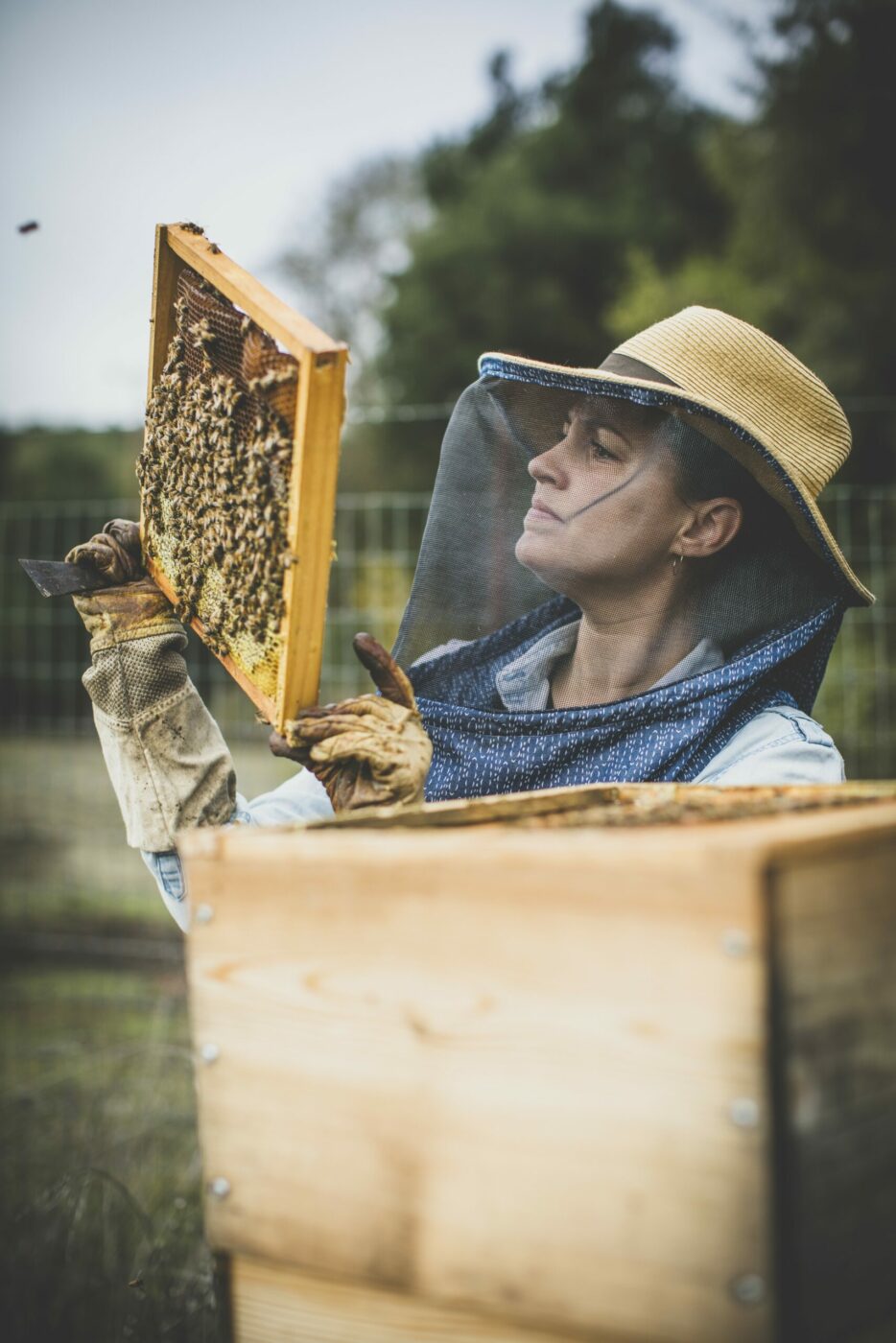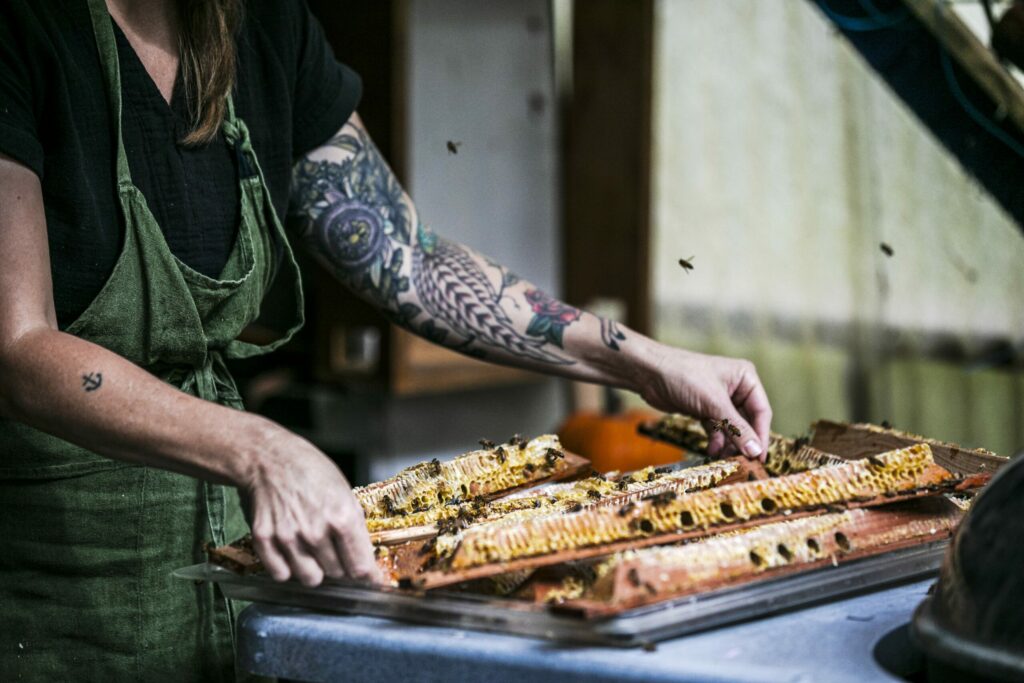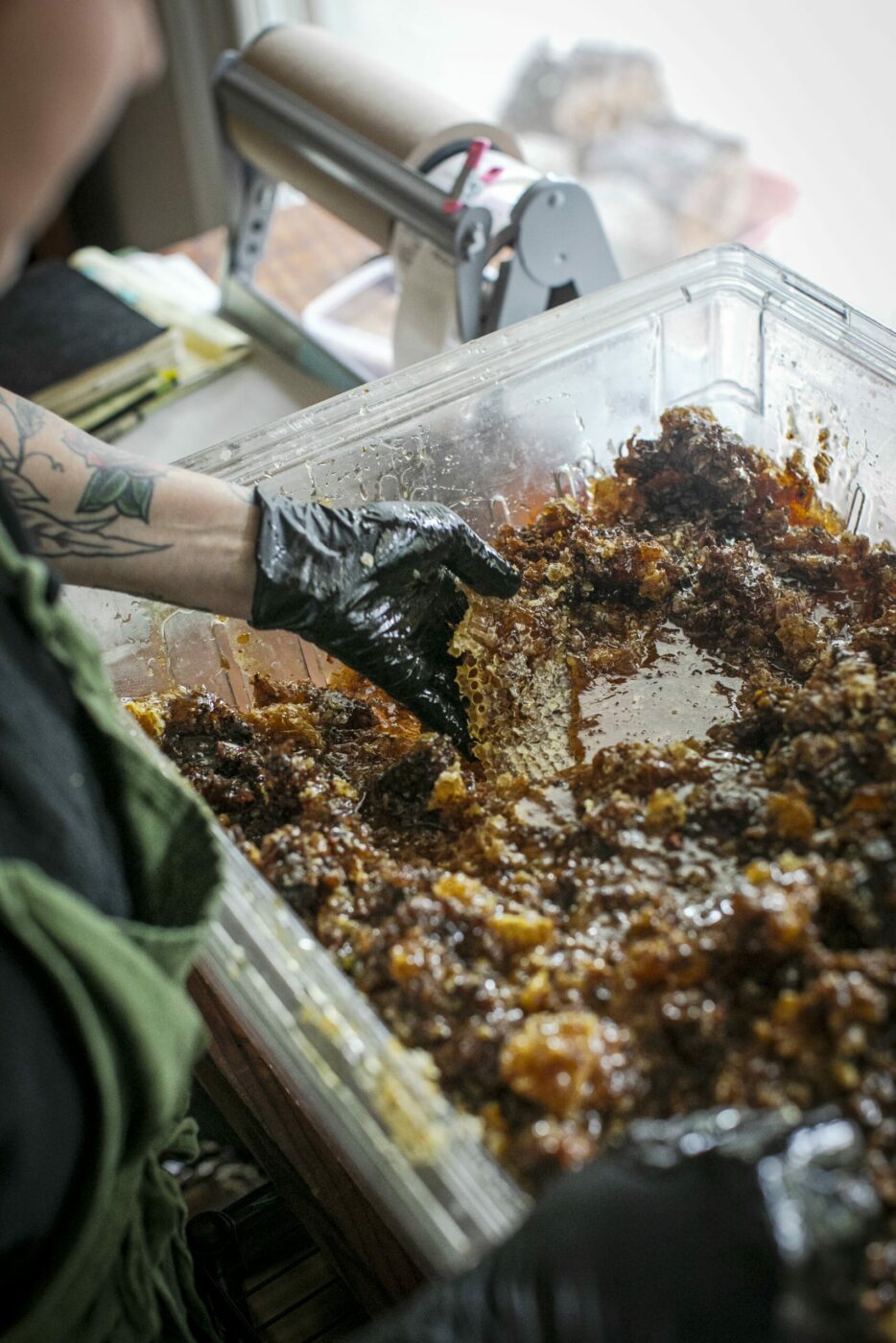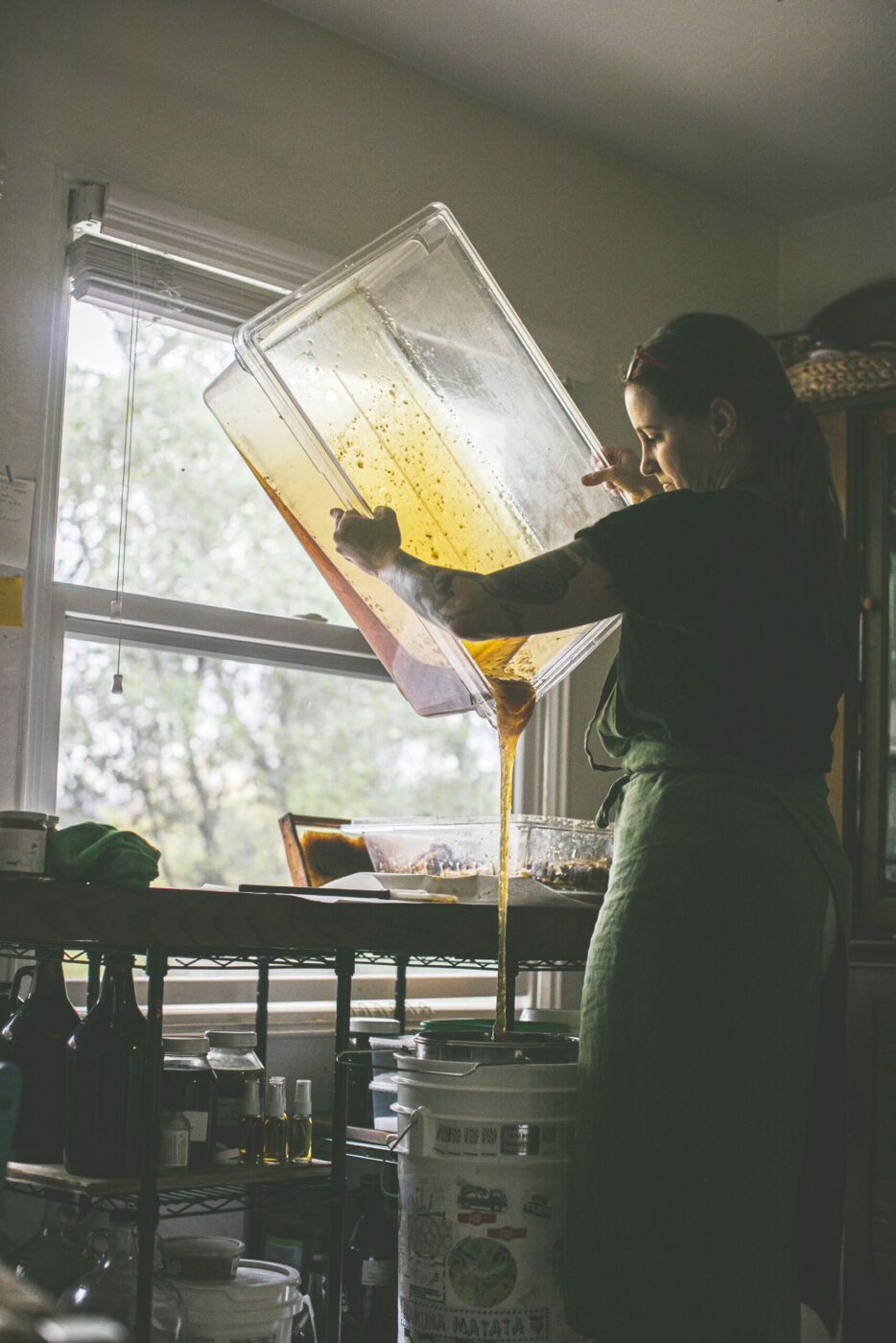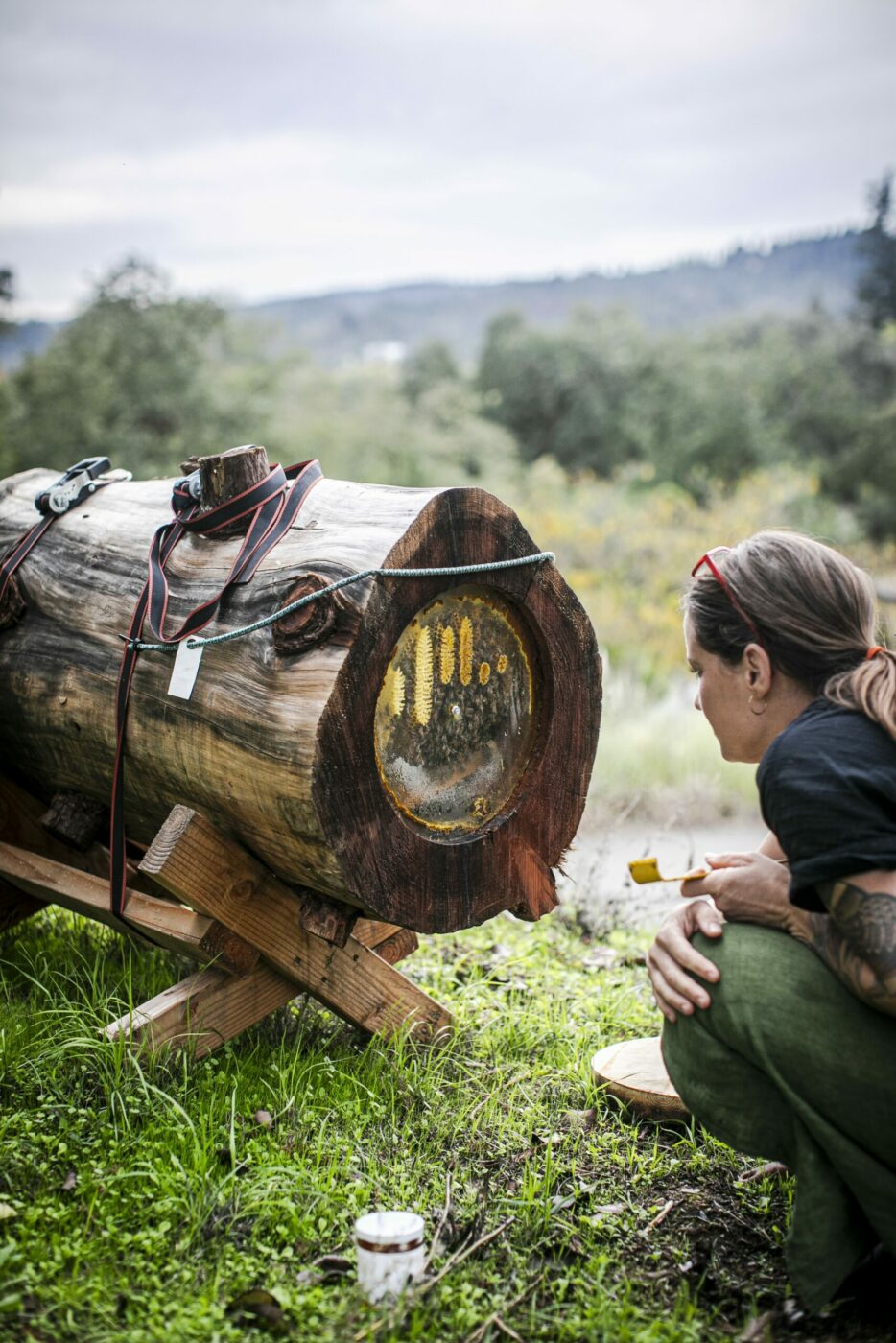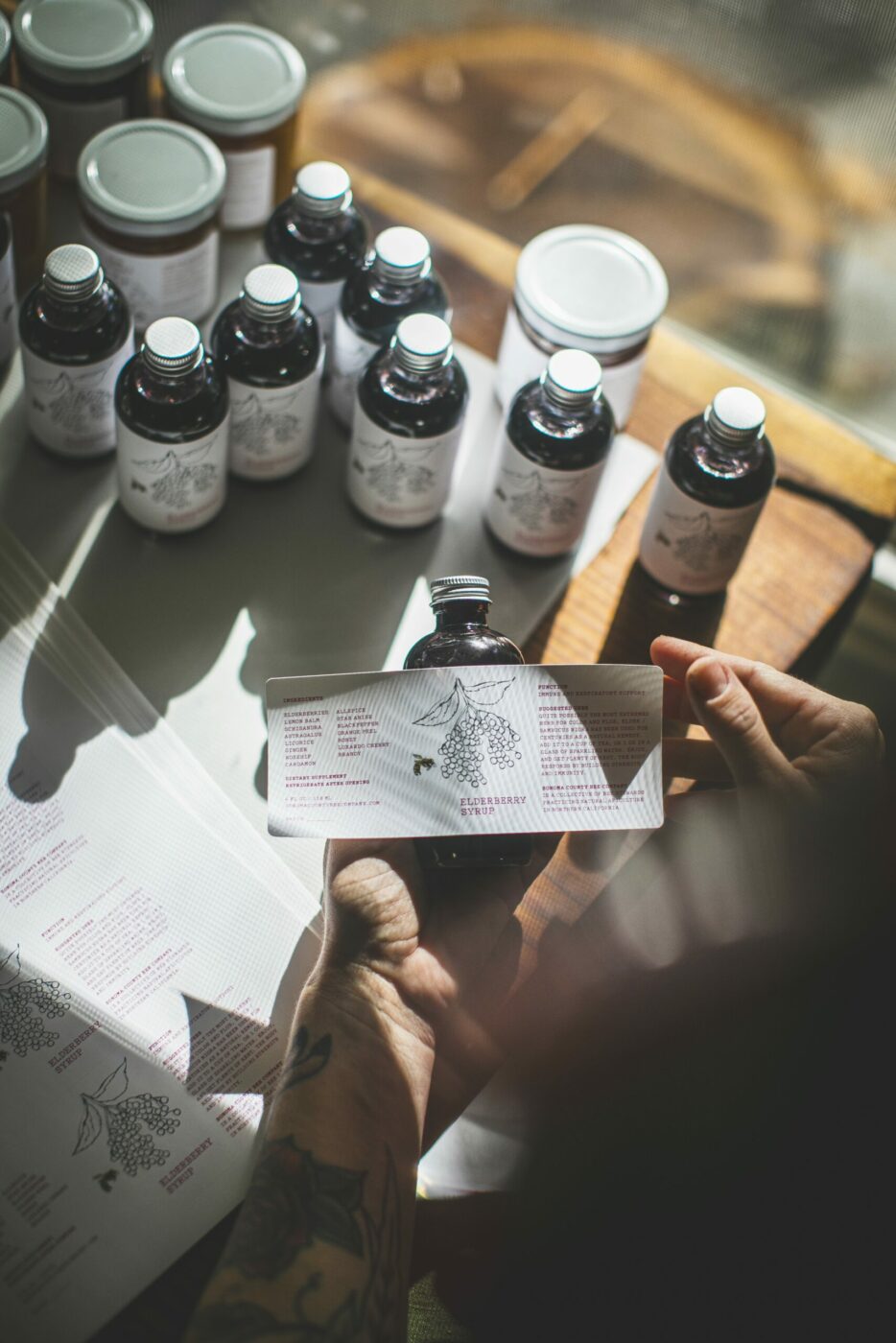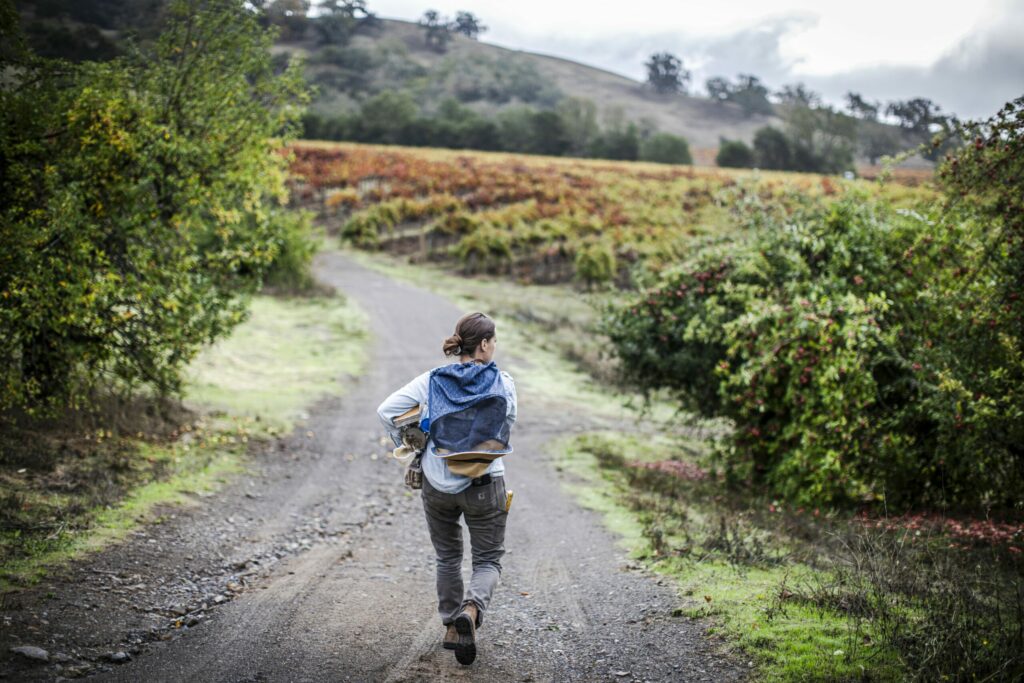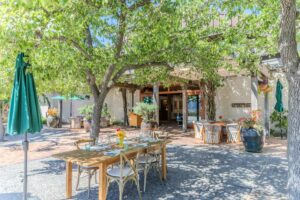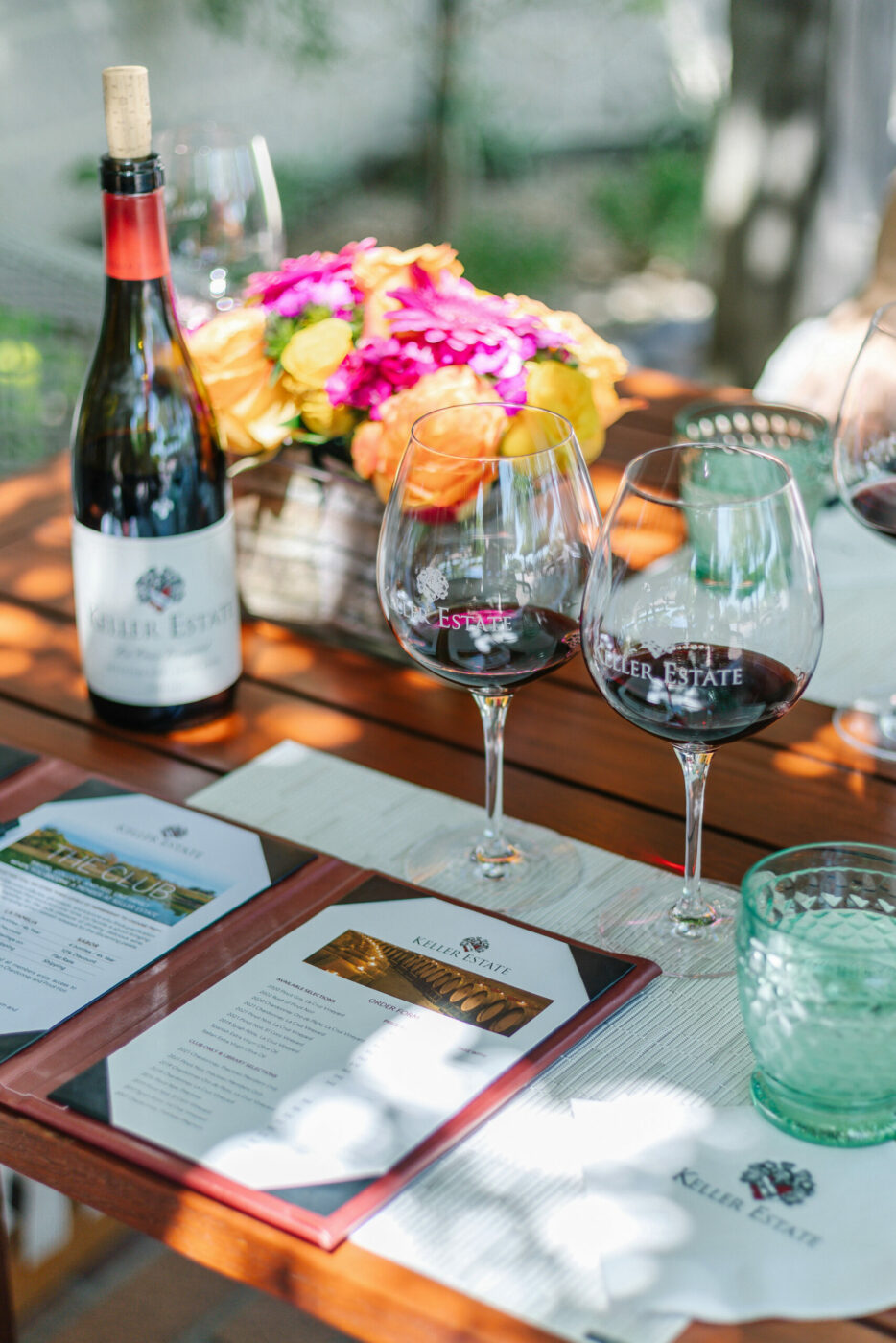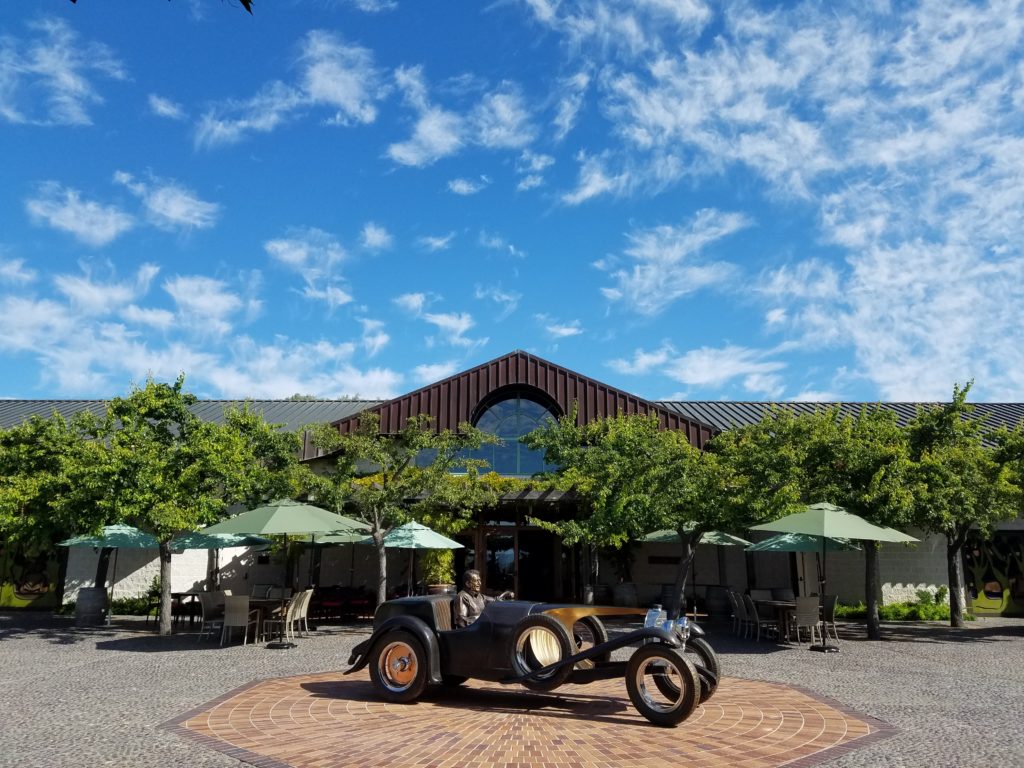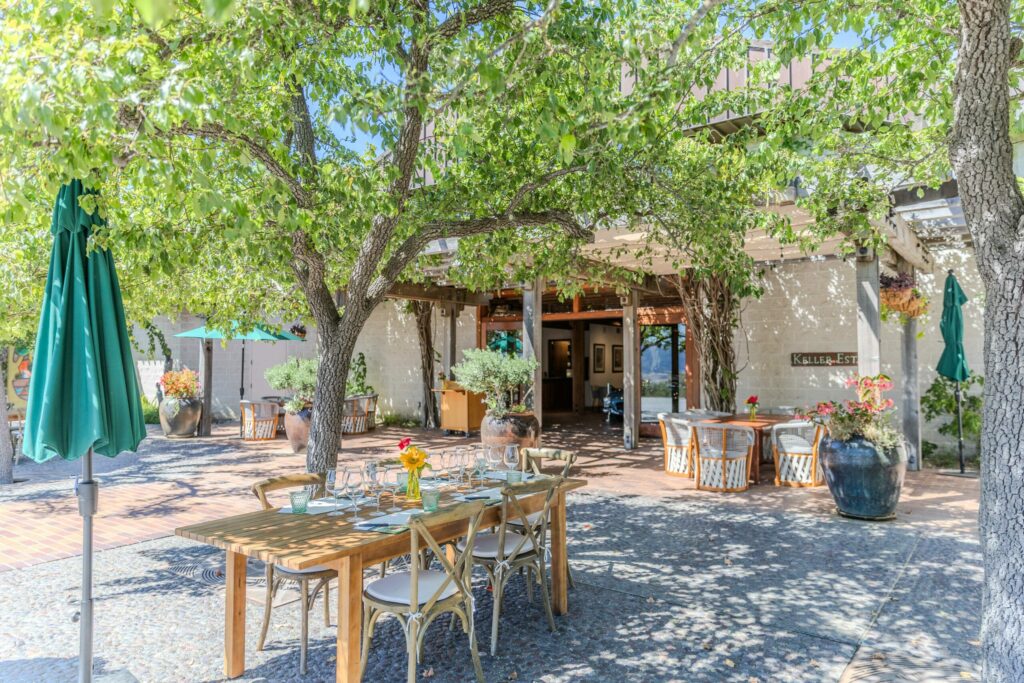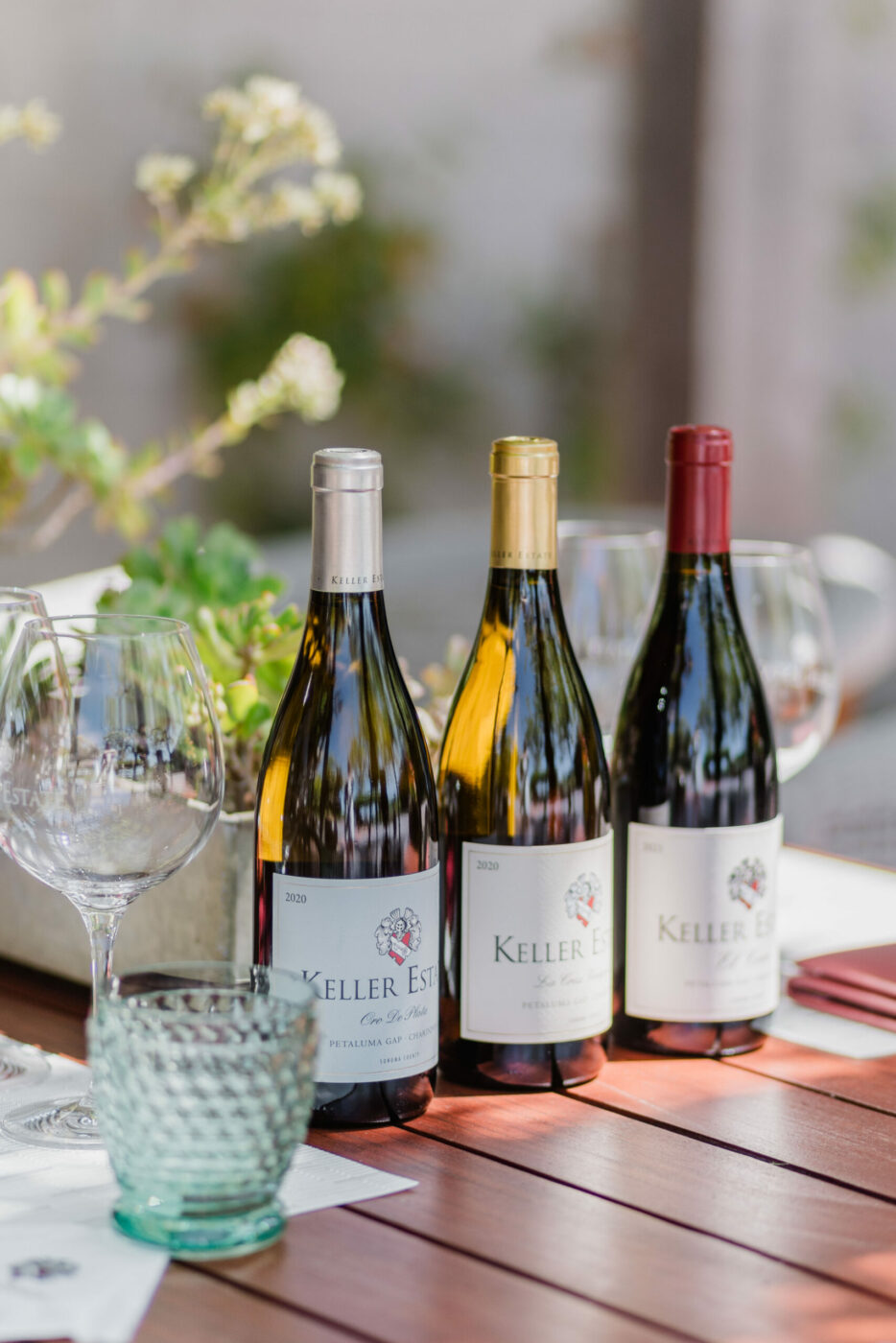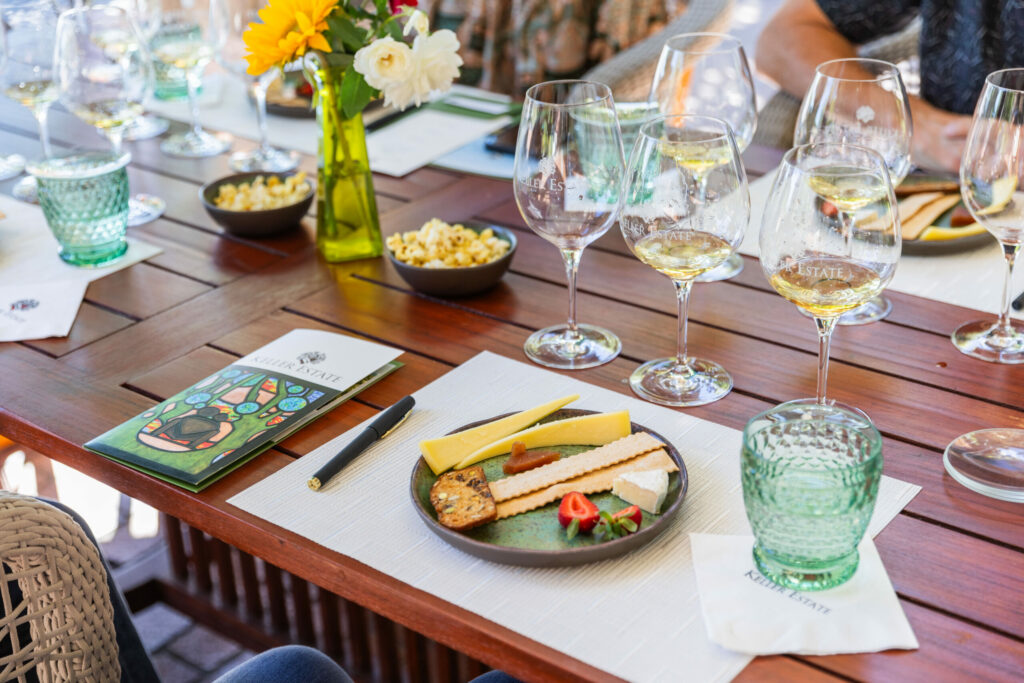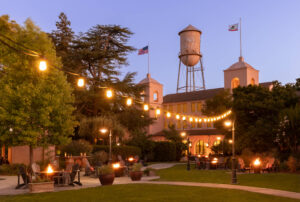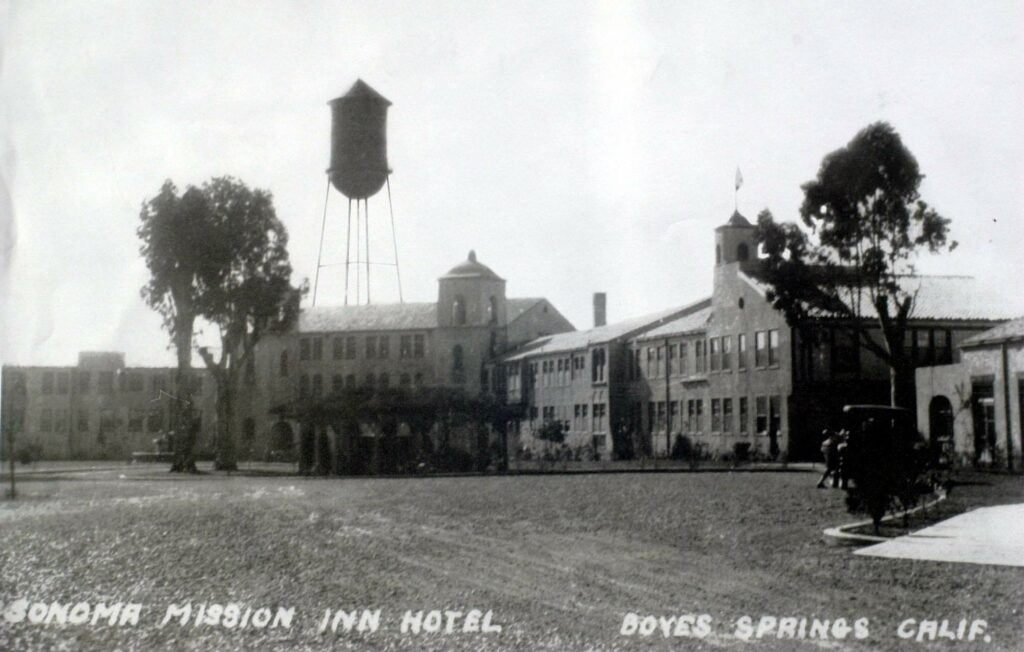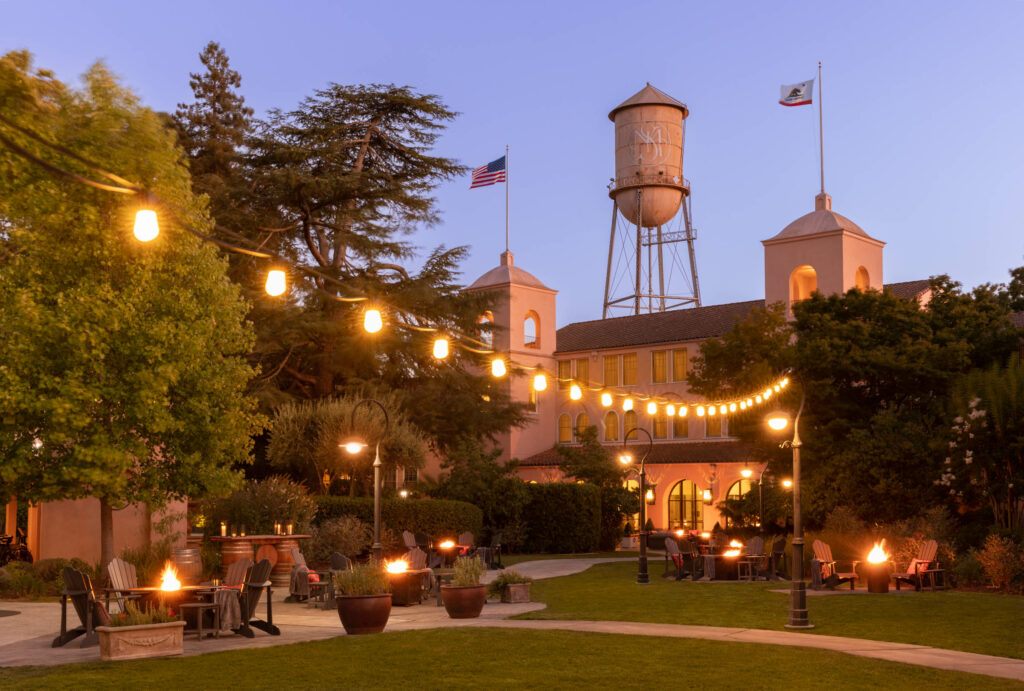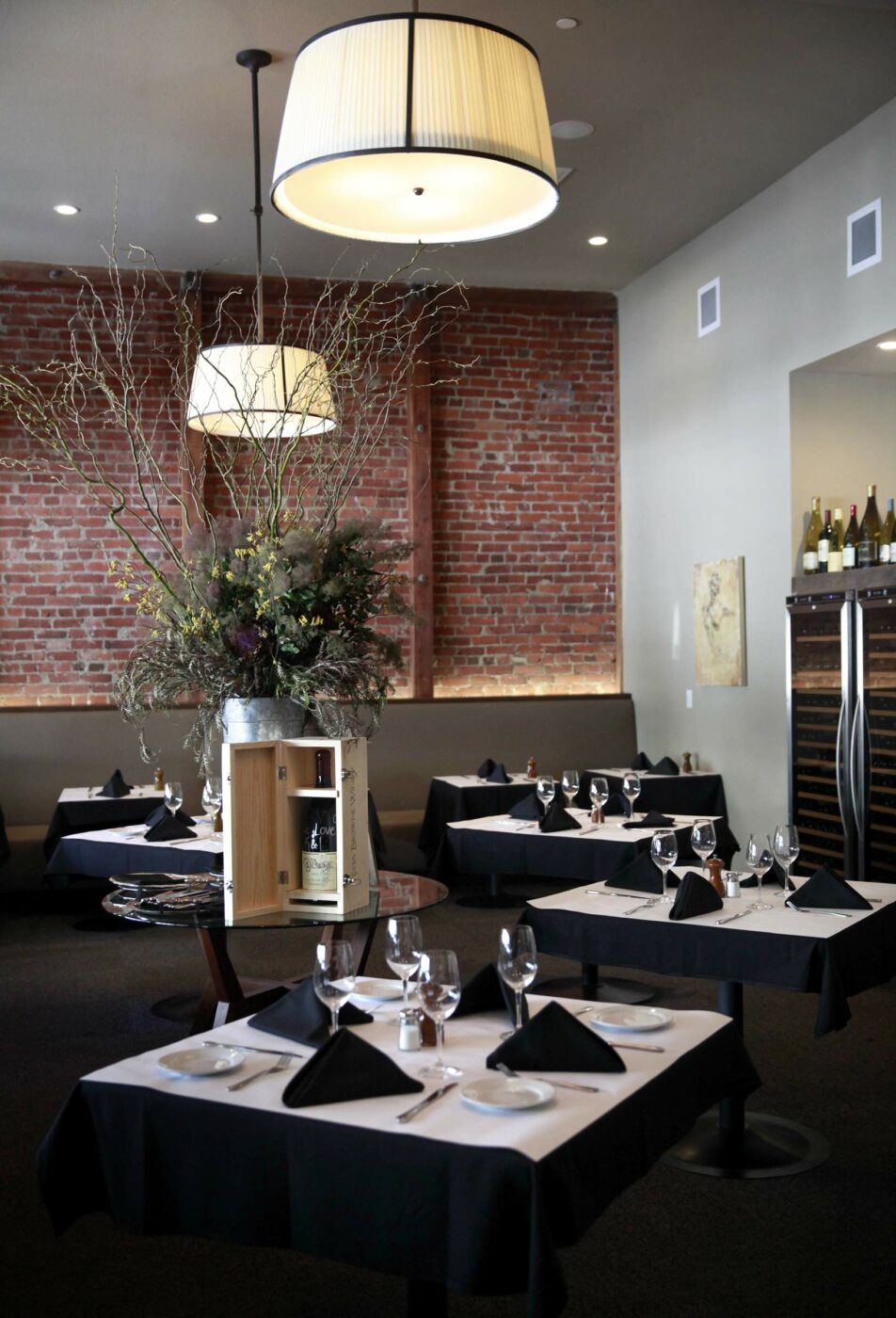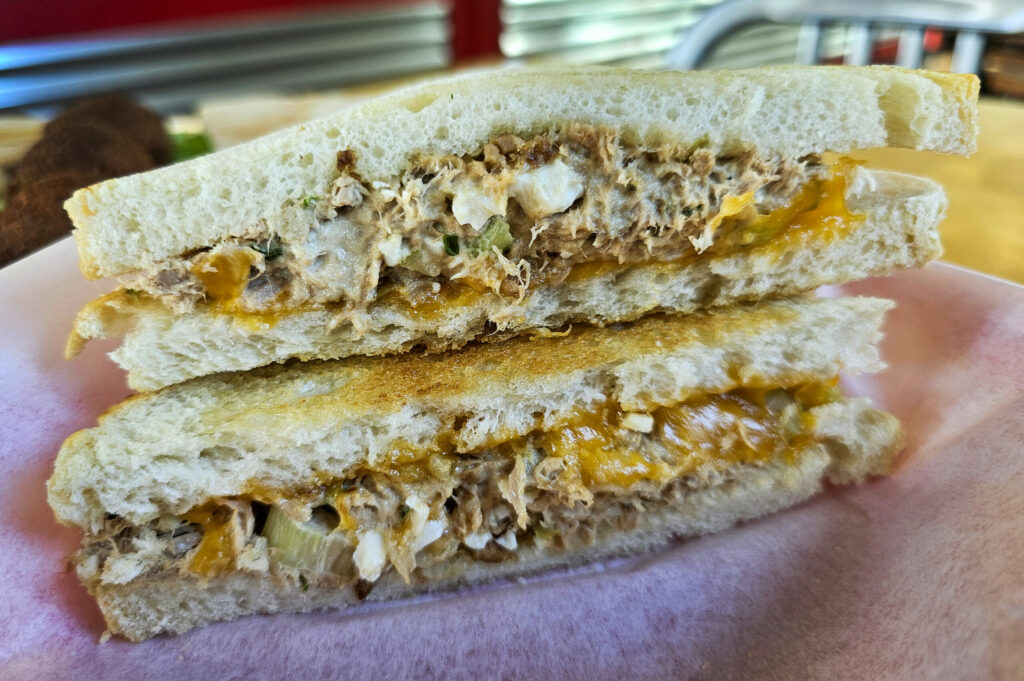There’s little doubt that Americans love their Chardonnay and Cabernet Sauvignon. Last year, those two varietals were the top sellers across the nation, according to Nielsen. No surprise, it’s been that way year after year with the tried-and-true “safe” grapes.
Still, people wanting to explore new flavors are increasingly seeking out varietals they’ve never heard of. Young drinkers don’t want grandpa’s go-tos, says a variety of reports. They want to sip something bold and brave. This also goes for some of us who are not millennials or Gen Z.
Personally, I tend to gravitate toward rare wines from Northern California, lured in by some tongue-twister grape name that might sound, well, a little made up. Thankfully for me and others who want to taste something a little different, more local wineries are stepping up to the plate (or glass), tempting us with uncommon and entirely exciting new tastes that they’ve produced on our own soil. Here are a few to explore.
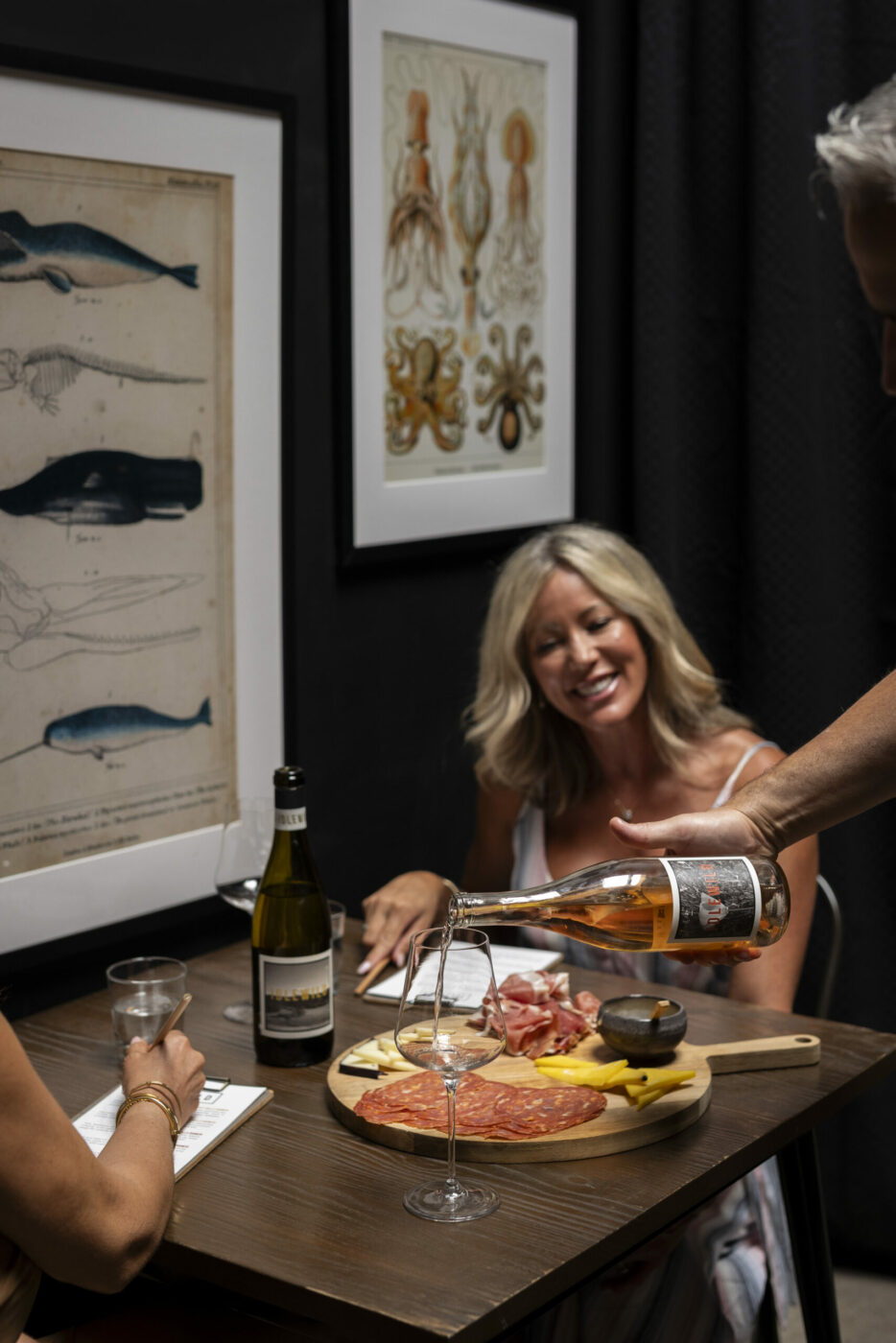
Idlewild Wines
The boutique winery focuses on a lengthy selection of Piedmontese-northern Italian grapes, grown in the Russian River Valley and Mendocino County. These are small batch gems, meaning just 87 cases of 2023 Grignolino were produced ($42), for example, and 75 cases of the 2022 Timorraso ($42).
I adore the Grignolino, a deep salmon-colored red wine that brims with more tannins than you’d expect from its naturally paler hue, and delicate flavors of rose, sage, white peppercorn and strawberry.
Founder-winemaker Sam Bilbro says that his inaugural 2022 release is the first Timorasso ever made outside of Piedmont, helping to preserve a grape variety that nearly went extinct 30 years ago until dedicated Italian winemaker Walter Massa resurrected it in 1987. The white wine is a rapturous achievement, light with lemon balm citrus and flowers, but also earthy with a touch of steel, petrol and honey.
Explore at the modern, industrial-artsy tasting room. 132 Plaza St., Healdsburg, 707-385-9410, idlewildwines.com.
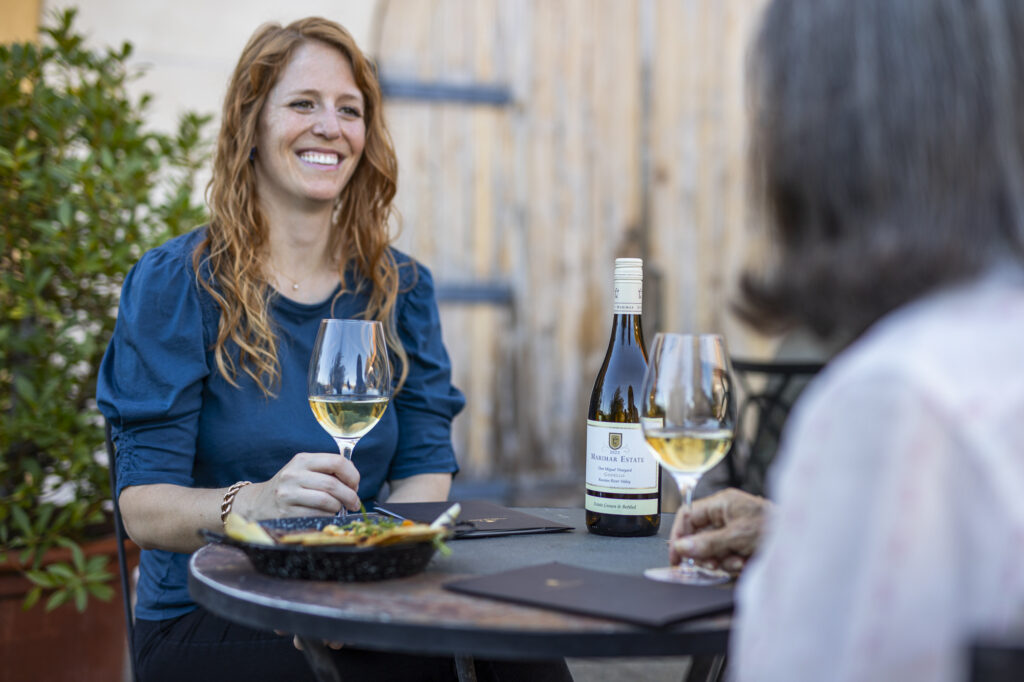
Marimar Estate Vineyards & Winery
Founder-president Marimar Torres was born in Barcelona, Spain, and has long loved Godello from the northwest region of Valdeorras. Her Sebastopol winery’s location reminded her of the area, so she planted an acre of the white grapes in her Don Miguel vineyard to see how the cool, foggy climate would succeed. The first vintage in 2020 was magnificent, bringing 99 cases of the savory quaff touched with lemon zest, green apples, quince and guava.
The current 2023 vintage is now up to 398 cases, drawn from that same one-acre of vines that clearly likes its home. The wine is still in limited supply, though, and the e-commerce site tells you its only sold to club members ($46). But check in with the tasting room — the Godello is poured there often — and exceptions are easily made.
Explore at the castle-chic tasting room, along with other Spanish varietals like Albariño and Tempranillo. 11400 Graton Road, Sebastopol, 707-823-4365, marimarestate.com.

Sunce Winery & Vineyard
The property spans just four acres on the storied, winery-centric Olivet Road in northwest Santa Rosa. But the winery turns out more than four dozen wines in so many styles I can hardly keep track year-to-year.
You’ll find a mesmerizing array of unusual European varietals ranging from Aglianico to Nebbiolo, Souza, Lagrein, Negroamaro, Rosa del Peru, Trincadeira and Valdiguie. Owner Frane Franicevic is from Croatia, so he and his wife Janae Franicevic also grow a grape that originated in his home country, called Crljenak Kaštelanski (here, we know it as Zinfandel).
This is a labor intensive operation for the tiny winery team, involving farming fruit from the estate and sourcing from numerous other vineyards, then making wines in as little production as four barrels. Each tasting experience is customized, too, catering to your preferred styles, and inviting you to sample some varietals you may not be able to pronounce, but will likely love.
Explore at the quaint, farm cottage tasting room. 1839 Olivet Road, Santa Rosa, 707-526-9463, suncewinery.com.
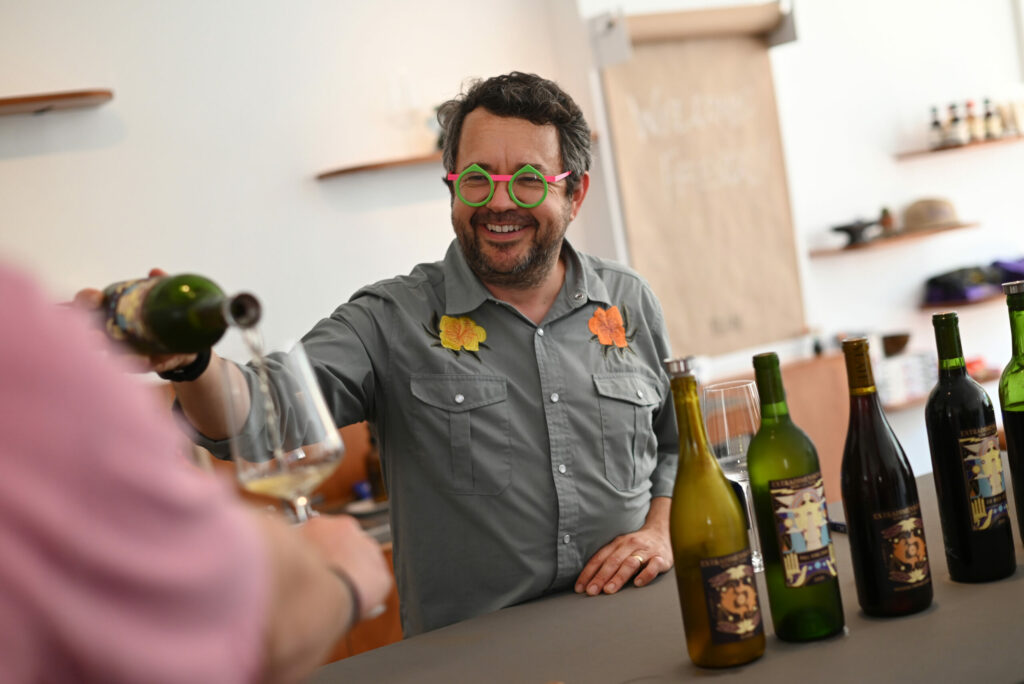
Extradimensional Wine Co. Yeah!
Yes, that really is this new winery’s brand name. Owned by husband-and-wife team Hardy Wallace and Kate Graham, it produces “energy wines,” which come in fun names like the 2021 SO GOOD! orange wine of old-vine Mendocino Chenin Blanc.
The 2021 SO GOOD! is colored from 40 days of skin contact and is rich with rocks, herbs, dried citrus, “labdanum, frankincense and fenugreek” (the latter part of that description comes from “vine whisperer” Wallace, and if I knew what labdanum was, I could tell you if I agree).
You’ll find that many of the micro-production wines sell out quickly, prices can vary between pre- and post-release, and you’ll want to pay attention when your host describes the complex blends (a 2021 Mystery Train is a rainbow of Old Vine Grenache, Old Vine Zinfandel, Old Vine Carignane, Old Vine Mourvèdre and Chenin Blanc).
Explore at the sleek tasting room decorated in metaphysical art. 27 E. Napa St., Suite E, Sonoma, 707-682-9324, winecoyeah.com.


